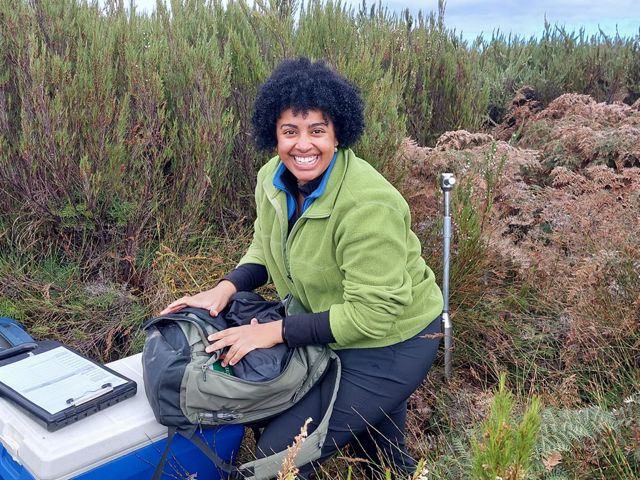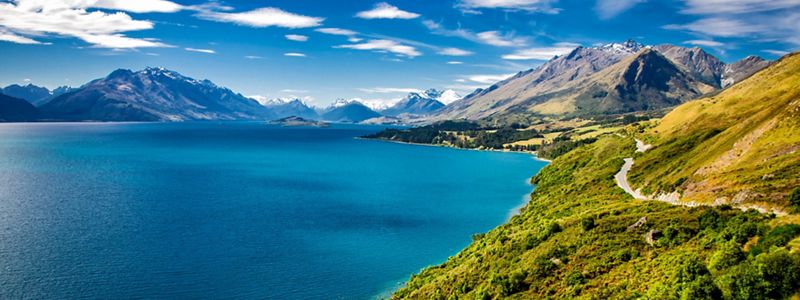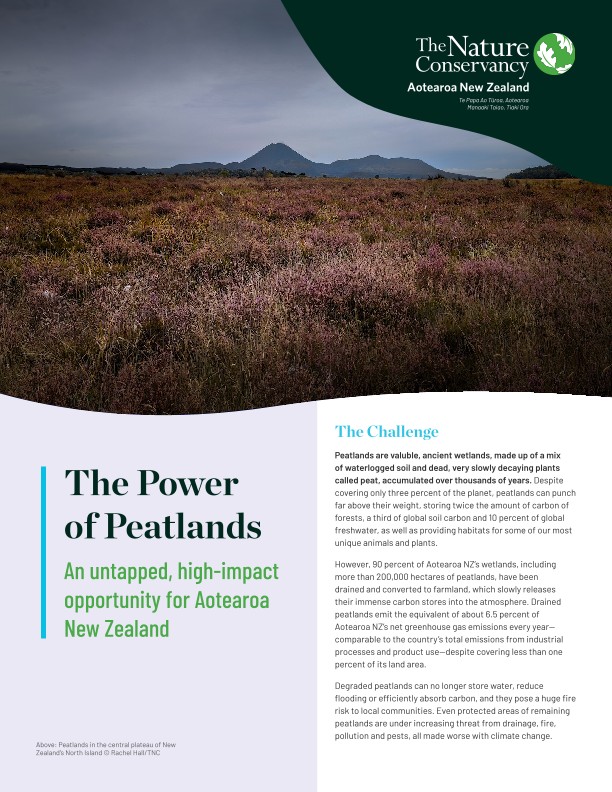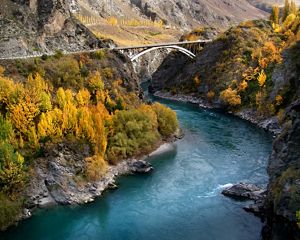The Untapped Power of Peatlands
These ancient wetlands play an important role in fighting climate change, providing homes and food for unique wildlife, and protecting communities.

Peatlands are ancient wetlands made up of dead and very slowly decaying plants. These waterlogged soils have slowly built up huge carbon stores—millimetre by millimetre—over thousands of years.
Despite covering only 3% of the planet, peatlands can punch far above their weight. Globally, they store twice the amount of carbon of forests, a third of soil carbon and 10% of fresh water, as well as providing habitats for some of our most unique animals and plants.
TNC Aotearoa New Zealand (TNC NZ) is working to support and enable peatland restoration at scale here in Aotearoa, where we have distinctive types of peatlands with unique ecosystems and the habitat for species that they provide.

Progress
An exploratory TNC NZ project is investigating how to fund and incentivise peatland restoration in New Zealand and reduce the barriers to action.
Quote: Abbie Reynolds
Our project includes working on financing mechanisms to deliver sustainable, equitable outcomes for people, climate & nature from peatland restoration. Despite the potential benefits, there are few incentives for landowners to restore their peatlands & major barriers for implementing projects.
We are currently exploring how we might be able to use carbon markets, alongside other forms of funding, to encourage peatland restoration that benefits nature, climate and communities.
This could mean landowners are paid to keep carbon locked away by restoring their peatlands, preventing them from emitting greenhouse gases.
TNC NZ’s approach embraces working with the private sector, iwi/hapū (Māori tribes and sub-tribes), private landowners, universities and research institutes, NGOs, local government and central government, as we explore this kaupapa (mission).

Peatland Research
TNC NZ supported Rabia Sheikh to do some initial research in the Rēkohu/Wharekauri Chatham Islands region calculating and identifying how much carbon has accumulated there. This research supports work developing verified carbon credits that could be sold to provide an alternative source of revenue to landowners of restoration sites.
Read the full story.
Verified Peatland Carbon Credits
TNC NZ is already leading work to develop a carbon credits market for coastal wetland (blue carbon) restoration in New Zealand.
Using lessons learned from this programme and working with a global network of peat teams and local collaborators, our goal is to support and enable a robust carbon credit methodology to be implemented here in New Zealand to support peatland restoration and generate verified peatlands (teal) carbon credits that deliver high-integrity and genuinely additional benefits for our climate, nature and communities.
Policy and Engagement
We will also work alongside our global colleagues, central and local government on putting in place the policy, regulatory and legal settings needed to enable carbon markets for peatlands in New Zealand. Another key aspiration is to build an expert and engaged community of central and local governments, local communities, iwi and hapū, government agencies, researchers and other stakeholders.
Long-term Benefits
- Reduced greenhouse gas emissions
- Rare habitat restoration and threatened species recovery
- Adaptation to climate change
- An innovative sustainable financing system
- Building confidence about the potential for a New Zealand peatlands carbon market
Download
We Can’t Save Nature Without You
Sign up to receive monthly conservation news and updates from New Zealand.




